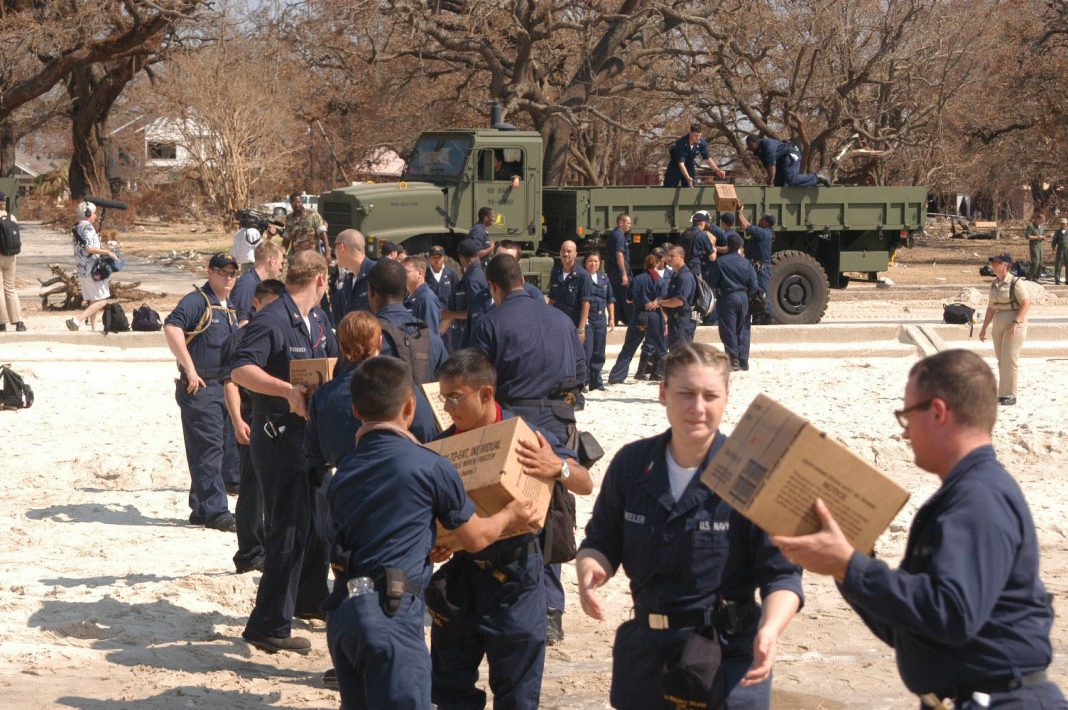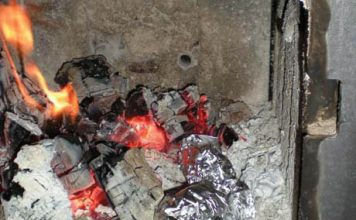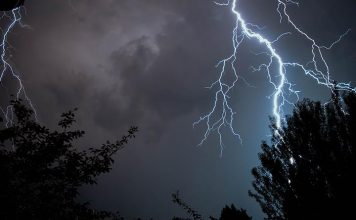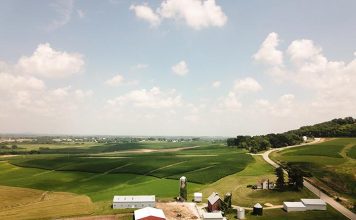By Jeffrey R. Yago, P.E., C.E.M.
April/May/June, 2019
Preparing for any emergency or future disaster is never easy. What should you prepare against; what is the likelihood it will actually happen; how long will it take before returning to normal; how large an area will be affected?
Many of us are just trying to make a living, support a family, understand new technology, and avoid even thinking about the possibility of a major grid-down event, let alone actually making preparations! Unfortunately, whether we want to think about it or not, bad “stuff” happens, and some parts of the country are more vulnerable to certain types of catastrophic events than others. The one common denominator you will find, regardless if facing a major hurricane, tornado, forest fire, flood, earthquake, or tsunami, is an extended power outage will follow and impact a large section of a state or states.
While we all assume state and Federal emergency teams will rush in immediately to provide food, water, and shelter, history has shown time and again that emergency assistance may take days or even weeks to reach all affected areas. When catastrophic events happen, it takes far more preparations to keep safe than just owning a flashlight, which probably has dead batteries anyway.
Grocery store shelves will be empty. Fuel for vehicles, chainsaws, and generators will be impossible to find with all area gas stations locked and dark. Sanitation will become a major concern with no garbage collection, and no water utilities to flush toilets and pump away sewage. Waterborne illnesses will quickly become widespread when all clean drinking water sources become contaminated.
Without fuel for delivery trucks and highways blocked by abandoned vehicles or fallen trees, food distribution and transportation will be significantly impacted. Everything that requires refrigeration will quickly spoil, including many medications. Contacting relatives, calling emergency services, and hearing the news from outside your area will be difficult, if not impossible.
There will be extensive damage to roads, bridges, power lines, phone lines, and cellular towers. In addition, emergency generators providing backup power for area hospitals and emergency rescue facilities will soon stop if fuel deliveries are delayed. No, we don’t like to think about these things, but these types of events are happening somewhere in this country (usually on a smaller scale) on a weekly basis, and the next time it could be your town.
How does this affect you?
When it comes to low-cost emergency power, you just can’t beat a backup generator. Unfortunately, most are not designed for a power outage lasting longer than a few days. Most home backup generators will have less than a week’s supply of fresh fuel, and portable generators can be difficult to start without fresh fuel and being exercised on a regular basis — so then what? History has shown any area that suffers an earthquake or tsunami will be without grid power and local communications for weeks, if not months.
While you hope your flat-screen television, satellite Internet, cell phone, shower, air conditioning, room lights, and a freezer full of food will still be operational long after a major disaster hits your area, in reality all of these devices and appliances we take for granted may be dead in the water for a very long time. Anyone who does not make at least some basic emergency preparations now, will most likely end up sleeping on a cot later, while shoved into a crowded high school gym with thousands of other displaced families eating government supplied MREs.
Where do you start?
My new book, “Lights On” was written specifically for the non-technical person looking for guidance to prepare for an extended power outage regardless of the cause. It includes chapters that address emergency power for lighting, food preparation, water pumping, medical devices, communications, entertainment equipment, internet routers and modems, security alarms, power tools, refrigeration, recreation vehicles, and even bug-out bags. However, I am convinced the following three topics from my book will be the most applicable in preparing for an earthquake or tsunami.
Basic lighting: Hands down you cannot beat LED lighting for long life, low power demand, and reasonable cost. Unfortunately, except for flashlights, most residential LED lighting operates on 120-volt AC electricity, which you will not have during an extended power outage. You need a well-lighted kitchen to prepare meals, limited lighting in bathrooms and bedrooms, and some safety illumination for otherwise dark hallways and stairwells.
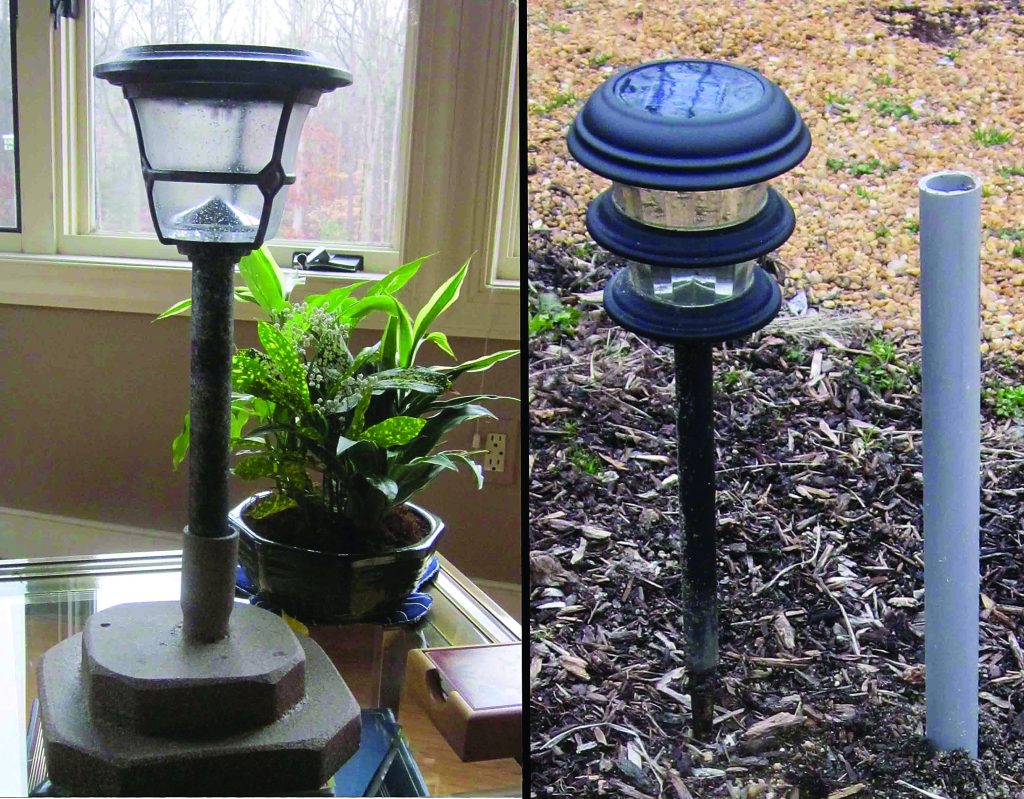
My two favorite forms of low-cost emergency lighting that everyone can own are battery-powered LED lanterns and LED solar yard lights. Unlike a flashlight that can only illuminate a small circle, an LED lantern gives off illumination in all directions and provides excellent light levels throughout any room when hung by a ceiling hook. Locate the hook next to the existing ceiling light fixture in any room where you need lighting during an extended power outage.
An LED lantern powered by rechargeable “AA” or “C” size batteries will operate multiple evenings on a single charge, and there are multiple ways to keep these batteries fully charged including a vehicle’s 12-volt dashboard outlet, a generator, or small fold-up solar charger.
When purchasing solar LED walk lights, be sure to select only models having a large round solar cell on top, a highly reflective interior housing, a clear all-around lens, and a high-capacity rechargeable battery. Discard the spike end. This means skip the $3 solar walk lights in the bin at the checkout stand. Drive a ¾” PVC conduit into the ground along your sidewalk or driveway at the planned location for each yard light and cut a separate short length of this conduit to fit into a homemade wood base.
Multiple solar LED yard lights can be taken inside each evening during an extended power outage to illuminate several rooms, and then taken back outside each morning to start another day of solar charging. This cycle can be repeated each night for as long as the power outage lasts.
Basic water needs: It’s actually fairly simple — drink adequate amounts of clean water each day or you will soon die. During “normal” times we take for granted how easy it is to get a drink of clean water almost anywhere, and it’s usually cold and free. Most emergency guidelines suggest having a minimum of one gallon of water per day per person, which includes drinking, food preparation, and basic hygiene. Having the space and containers to store hundreds of gallons of water for an end-of-world event is not possible for most of us, but everyone can at least have a few gallons set aside for quick access in an emergency.
Unless you live in the desert, there is almost always some surface water runoff along streets and highways, and lots of water in a nearby lake or river. Unfortunately, these are all unsafe to drink without some form of purification. Gravity water filters require no external power to operate and will turn any surface water source into an unlimited supply of safe water for drinking and food preparation.
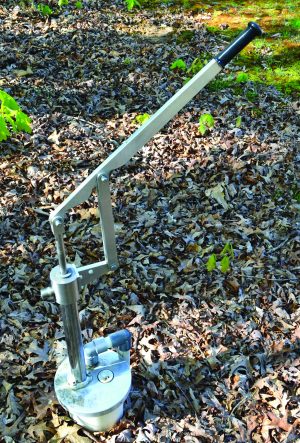
If you are on a well-water system, an emergency generator can keep your well pump operating, at least for as long as you have fuel. But there are now several types of hand and battery-powered emergency water pumps that attach directly to the top of any existing deep-well casing.
Higher quality hand-pumps are available with an optional 12-volt DC motor which is easily powered from any car or truck battery using jumper cables. There are also very inexpensive well-buckets designed to be lowered by rope down any conventional deep well and are small enough to not tangle with the piping and electric cable connecting the pump below.
Keeping a bucket of water in the bathroom during an extended power outage will allow toilet flushing using any surface water source and this water does not need to be filtered. I have assisted multiple city residents during water emergencies and was alarmed to find that most didn’t even own a bucket or empty gallon jug to carry away the free water I was offering!
Communications: No doubt almost everyone has a cell phone for basic communication with friends, family, and work. In addition, many have upgraded to smart phones that allow sending text messages and e-mails, taking photos, providing GPS directions, and accessing the latest news and weather reports. Unfortunately, all of these functions will be unavailable during an extended power outage if you cannot recharge the cell phone each night. Remember, during a grid-down event, all those wall outlets will be dead.
It’s critical to have an alternate method to charge your cell phone, and the least expensive is a 12-volt charging adaptor that plugs into the 12-volt dashboard outlet in any vehicle. These chargers should be stored in the glove box of every vehicle you own. There are also fold up solar chargers priced under $50 that will quickly charge any cell phone.
Unfortunately, while it’s important to keep a cell phone operating during any emergency, it’s still possible cell phone service will eventually be disrupted, and cell tower backup generators can run out of fuel long before recovery efforts take effect. For this reason, it’s important to know what’s going on outside your disaster area without a working television or phone, and to do this you will need a quality, battery-powered shortwave radio.
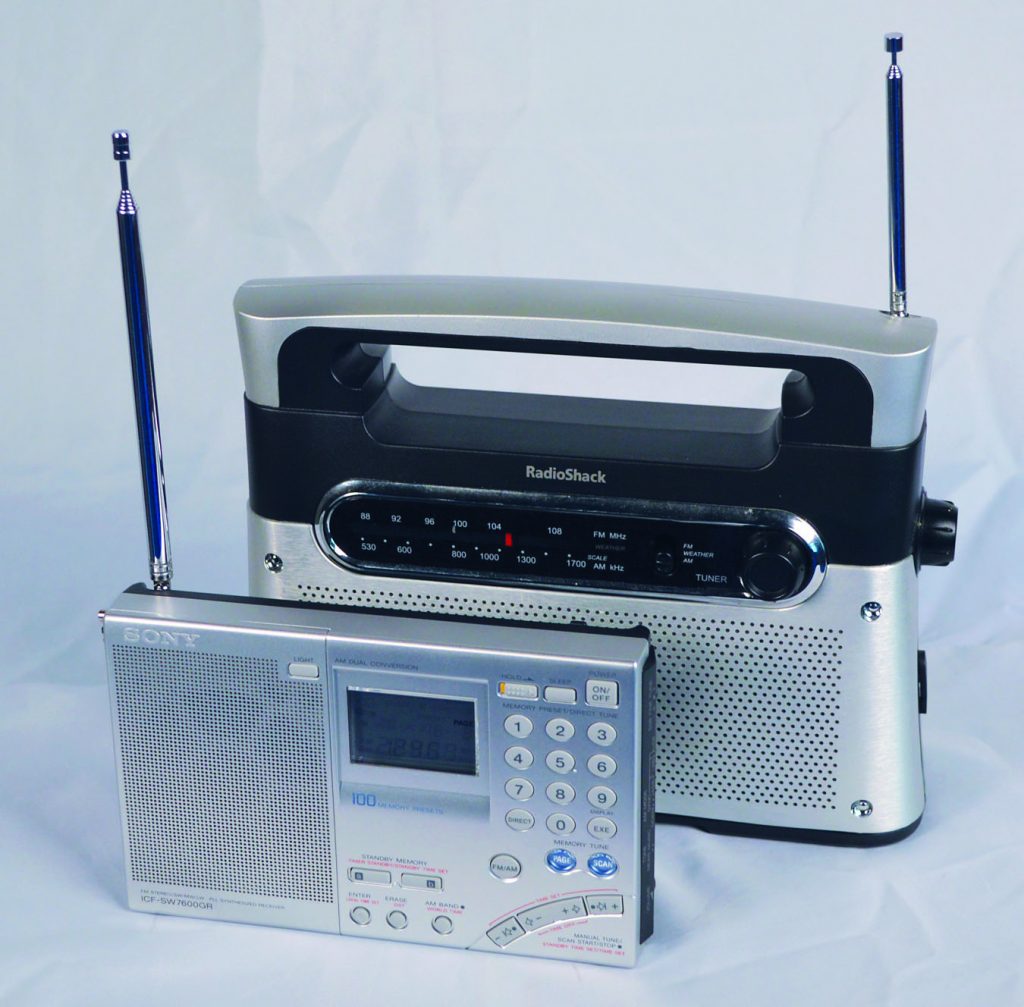
In addition to monitoring both local and distant news stations, be sure it receives national weather alerts, as these emergency channels cannot be accessed using a standard AM/FM radio. Keep a good supply of both disposable and rechargeable batteries to fit your battery-powered LED lights and emergency radios. Adding a solar charger and separate 12-volt car adaptor will keep any battery-powered device operating indefinitely.
Summary
There are also other emergency preparations you can make that do not involve emergency backup power. These include having a fully stocked food pantry, an alternate way to boil water and cook food, lots of paper towels and trash bags, and a quality first aid kit with extra prescription medications. You will find articles in this special issue that specifically address these other emergency preparations.
Jeff Yago is a licensed professional engineer and certified energy manager with more than 40 years of solar and emergency preparedness experience. He has authored hundreds of articles for multiple national publications. Signed copies of his just-released book titled “Lights On” are available from the www.offgridprepper.com website, or by calling 804-457-9566.


